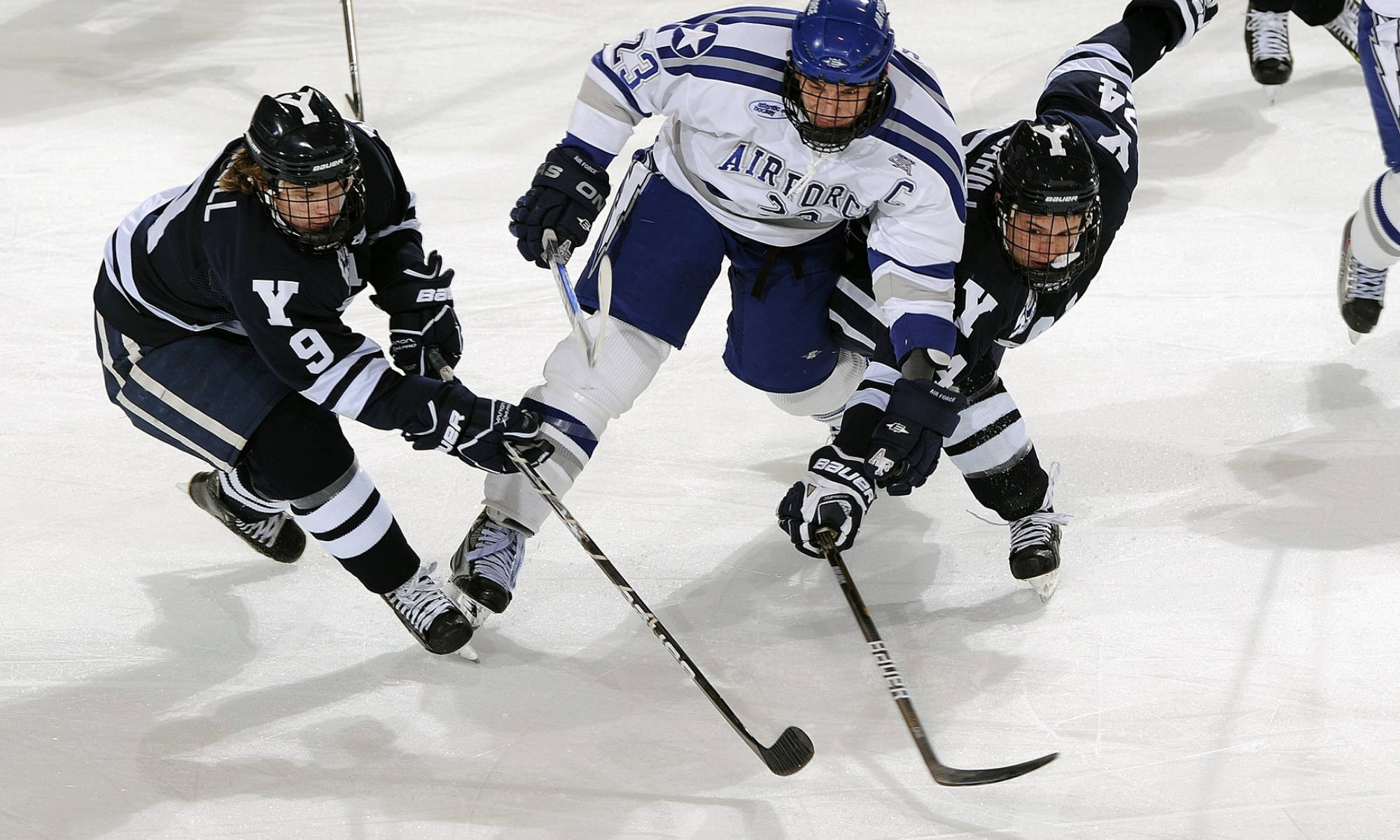Does ice temperature affect skating?
Yes! Ice temperature does in fact have an affect on your skating and overall game, and adjusting your radius during skate sharpening can help minimize the effect of skating on varying ice temperatures.
Most ice rink managers shoot for an ice temperature of approximately 24-25 degrees Fahrenheit, however for variety of reasons the actual ice temperature at any given rink my be significantly higher or lower. A temperature of 17 to 23 degrees F is considered good “hard hockey ice,” while 24 to 29 degrees F is considered good “soft figure skating ice.” Harder ice allows for faster skating and smoother, less snowy playing surface making the puck slide much easier as well. Softer ice is slower with a more choppy and snowy surface, but is preferred for figure skaters because it allows for softer landings.
 A skater’s blade will naturally dig deeper into soft ice than it would hard ice, causing greater friction and drag when skating and slower speed. Therefore, softer ice should be combatted by sharpening a slightly larger radius onto your skate blade, which will dig into the ice less and reduce friction, and increase speed. Because harder ice is more difficult for a skate blade to dig into, you may need to sharpen a slightly smaller radius onto your blade to feel the same amount of “bite” into the ice for maneuverability.
A skater’s blade will naturally dig deeper into soft ice than it would hard ice, causing greater friction and drag when skating and slower speed. Therefore, softer ice should be combatted by sharpening a slightly larger radius onto your skate blade, which will dig into the ice less and reduce friction, and increase speed. Because harder ice is more difficult for a skate blade to dig into, you may need to sharpen a slightly smaller radius onto your blade to feel the same amount of “bite” into the ice for maneuverability.
How much should you adjust your radius (if needed)? Most rinks will be maintaining a similar ice temperature, but if there is a notoriously cold or warm rink that you are traveling to I would recommend starting with no more than 1/16″ radius adjustment when skating on different ice for the first time. Once you have experienced new ice you can use your own judgement to adjust your radius further if needed, but start small until you know what to expect. Traveling to a new rink and not sure what to expect? Check out the Rink Rater App to find useful hockey rink intel, including rink temperature and ice conditions.
For more information on on choosing the right skate blade radius, please visit our page Choose Your Radius.
For more information on ice temperature and it’s affect on the game of hockey, check out this article written on Sports Illustrated here.

